- About us
- Support the Gallery
- Venue hire
- Publications
- Research library
- Organisation chart
- Employment
- Contact us
- Make a booking
- Onsite programs
- Online programs
- School visit information
- Learning resources
- Little Darlings
- Professional learning
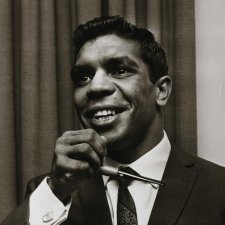
Two lively portrait photographs reflect the agility of their subjects: world champion Australian sportsmen Lionel Rose and Anthony Mundine.
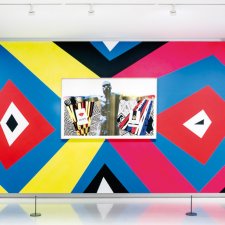
Brook Andrew, Marcia Langton and Anthony Mundine.
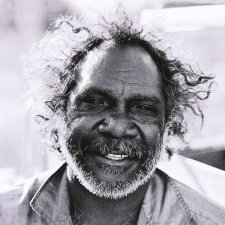
Djon Mundine OAM brings poignant memory and context to Martin van der Wal’s 1986 portrait photographs of storied Aboriginal artists.
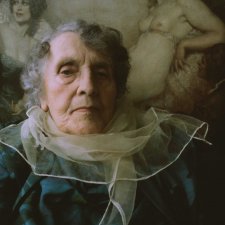
Anthony Browell reminisces about meeting Rose Lindsay, the wife of Australian artist Norman Lindsay.
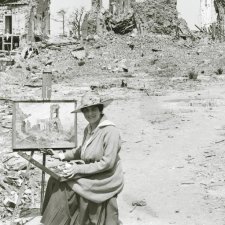
Dr Sarah Engledow traces the significant links between Antonio Dattilo-Rubbo and Evelyn Chapman through their portraits.
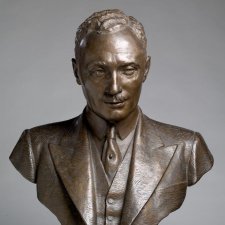
Australia's tradition of sculpted portraits stretches back to the early decades of the nineteenth century and continues to sustain a group of dedicated sculptors.
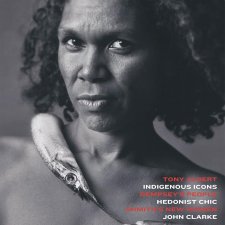
The discovery of Dempsey's People, Australian rugby greats, Athol Shmith's progressive pictures, and powerful Indigenous portraits.
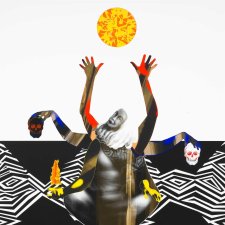
Dr Christopher Chapman explores the symbolism in the portrait commission of Marcia Langton by Brook Andrew.
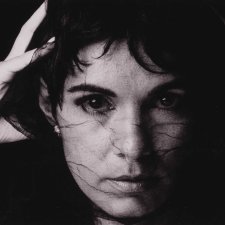
Michael Riley’s early portraits by Amanda Rowell.

Lauren Dalla examines the life of Australian painter Roy de Maistre and his portrait by Jean Shepeard.
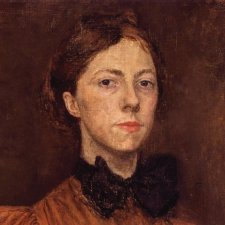
British novelist and poet, Michael Rosen, weaves a tale about his early encounters with creativity and the self-portrait of a childhood friend.
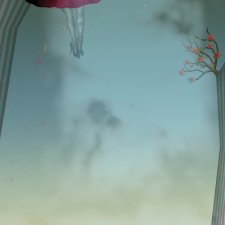
In 2007 the National Portrait Gallery produced its first online exhibition featuring the animated self portraits created by some of Australia’s most innovative visual artists and animators.
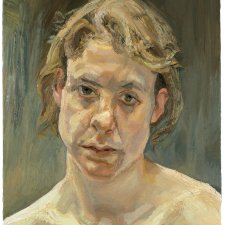
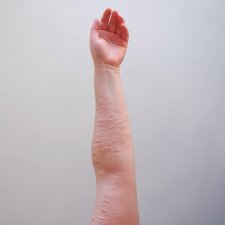
Former National Portrait Gallery Curator Magda Keaney was a member of the selection panel of the Schwepes Photographic Portrait Prize 2004 at the National Portrait Gallery London.
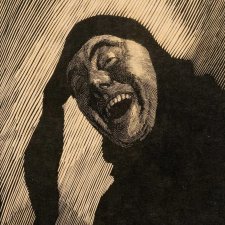
Michelle Fracaro describes Lionel Lindsay's woodcut The Jester (self-portrait).

The Tate/SFMOMA exhibition Exposed examined the role of photography in voyeurism and how it challenges ideas of privacy and propriety.